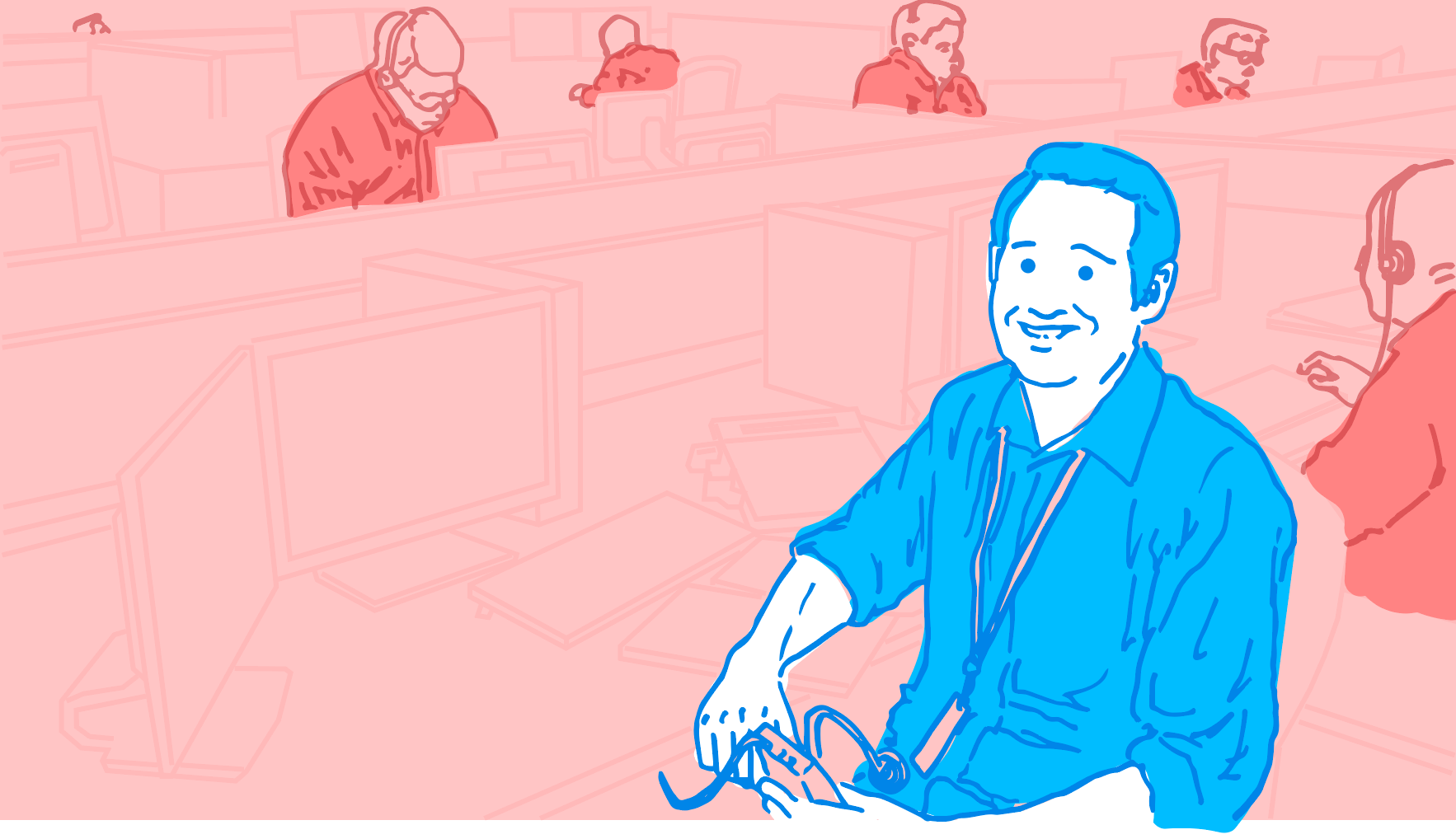To Build a Culture of Experimentation, Start With Bad Ideas

This article is excerpted from a longer story in Harvard Business Review.
Fintona Financial (not the company’s real name) was growing fast—so fast that their Customer Support call center had tripled in size. They couldn’t recruit fast enough. Many new service agents were pulled out of their two-month training program in as little as two weeks. Eager to look good in front of their bosses, these newbies struggled to answer tricky questions—all too often, they would give a right-sounding answer instead of saying, “I don’t know,” and asking someone for help. This not only triggered inceased call volumes but also began to erode Fintona’s customer satisfaction scores.
How could Fintona make their newbies feel comfortable saying, “I don’t know, but I’ll find out?” They began by experimenting on themselves. Their first idea was a goofy one: arm each newbie with a Bat Signal—a flashing red police light that newbies could trigger any time they were stumped to summon help from across the call center.

The first day of the experiment, it was clear that the lights weren't working. Newbies who were already uncomfortable saying, “I don't know,” were even more uncomfortable turning on a flashing emergency light that screamed to the whole floor, “I DON’T KNOW!” When other service agents saw the signal, they just assumed that someone else would jump in and help. The experiment failed.
The team needed to iterate. They thought that maybe each Bat Signal needed a Batmanager—a dedicated leader who could watch the lights and swoop in to save the day. So, the team moved the lights to the managers' offices and asked them to be on the lookout.

That didn't work either. Newbies still felt singled out, and the Batmanagers weren’t at their desks often enough to act as a reliable safety net. Realizing the team needed a private way to call for help, they created a private chat channel—the Bat Chat—where newbies could connect directly with experts from Fintona’s specialized departments.
But the experts didn’t answer any questions. In fact, the only answers that newbies got on the Bat Chat were from other newbies. That gave the team an idea: They would launch the Bat Chat across the entire call center. They figured that veteran agents must know the answer to 80 percent of newbies’ questions, and they might be a safer resource than some stranger in another department.
Finally, success. The Bat Chat took off like crazy. Surprisingly, it wasn’t newbies who first started using the chat, but veteran service agents asking each other questions. As more veteran voices spoke up (or typed up), the newbies started asking their own questions and getting immediate answers.
The Bat Chat was the perfect solution for this team. But, there was no special analysis that they could have done beforehand to figure that out. No market research or benchmarking data would have suggested it. They had to build, fail, iterate, and repeat to find the answer. And once they found it, it didn’t need careful change management to extend it to the rest of Customer Support. It spread by word of mouth, and became a source of pride because the team found their own solution.
Fintona learned some remarkably similar lessons to what Harvard professor Teresa Amabile found in her two-year study of the culture of helping at IDEO: Newbies don’t need to be singled out. They need to see that everyone—even their most successful colleagues—need help sometimes.
This post is an excerpt of a longer article I wrote for Harvard Business Review. Read the full story here.
Words and art

Subscribe

.svg)







